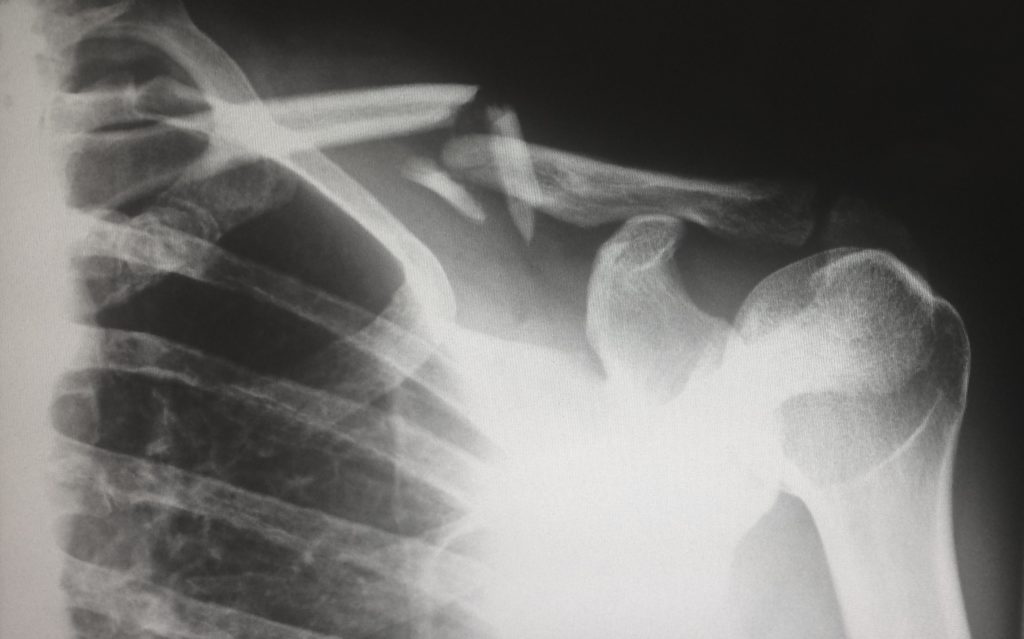
Fall-related injuries are so common in nursing homes. My Elder keeps an eye on your loved ones in nursing homes or assisted living facilities to ensure safety.
Paul Santiago recently broke his hip when he fell at his grandson’s 20th Birthday party. He was rushed to a hospital near his Middleburgh, NY home, where he underwent surgery to repair his hip. Before his surgery, he spent 25 hours on a gurney in the emergency room because there were no available beds. After only 5 days in the hospital, Paul’s family was pressured into having their dad discharged to a nursing home in the local area. They were not even allowed to visit the nursing home in question. Under extreme harassment, they allowed the move.
The nursing home that Paul was discharged to was substandard and severely understaffed. When Paul arrived, he was very disoriented. He was sundowning. Two days after Paul arrived at the nursing home he had a fall. After returning from a physical therapy session, he was put into bed, but the nurse’s aide failed to lift the guard rail. Paul rang his call bell for 30 minutes to have someone give him his urinal, and then decided to get out of bed. When he did, he fell and broke his other hip.
Related Posts
Broken Bones, Broken Lives: Falls In Nursing Homes
Widespread Discrepancies In Staffing Levels Reported
Can Weight Loss In Nursing Homes Be A Sign Of Abuse or Neglect?
Falls are common in nursing facilities. Of the 1.6 million residents in U.S. nursing facilities, approximately half fall annually. About 1 in 3 of those who fall will fall two or more times in a year. Falls often have serious consequences, especially for frail older residents. Fall-related injuries decrease the resident’s quality of life and ability to function. Residents who fall without injury often develop a fear of falling that leads to self-imposed limitation of activity. One in every 10 residents who fall has a serious related injury and about 65,000 patients suffer a hip fracture each year.
Falls are very common in nursing facilities around the country even though knowledge about the negative outcomes of falls is quite widespread. Of the 1.6 million residents in U.S. nursing facilities, approximately half fall annually, and many of those fall more than once. Implementing a few safety measures, like using adjustable height beds and removing full—length bed rails, can help to improve safety and decrease fall risk.
Nursing homes are required by law to perform fall-risk assessments on every patient, but understaffed facilities often skip out on this or simply don’t have the monitoring power to help reduce falls. All too often, the least-trained staff are the ones responsible for helping to prevent falls, and this means that many accidents happen still even though they are entirely preventable.
Falls can be devastating for older individuals because they can cause additional medical issues but also because recovery time for a frail person is extended beyond that of someone who is younger and healthier. When a nursing home is not properly preventing or addressing falls, patients are put at risk of suffering both physically and mentally. Some, like Paul, feel as if taking their future into their own hands is their only choice, leading to more fall accidents and other injuries.
My Elder provides elder advocacy services to families. Talk to us about long-term planning, finding the right home for your loved ones, preventing crisis and abuse, and ensuring they receive the best care possible.


